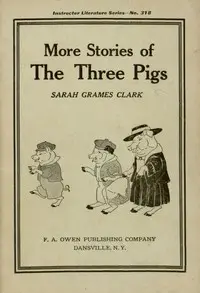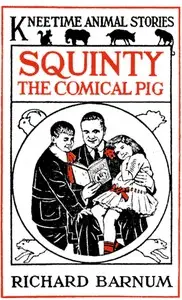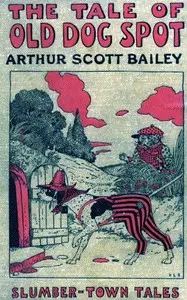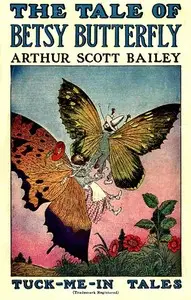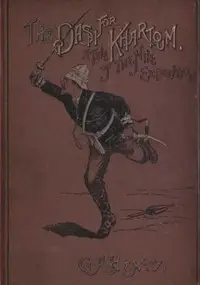"The Tale of Grunty Pig" by Arthur Scott Bailey is a story about a small, noisy piglet whose search for something more leads him on a series of exciting adventures. Born the runt of his litter, Grunty Pig yearns for space and freedom, which inspires him to escape his pigpen and explore the world. His journey is full of funny situations and lessons as he deals with the challenges of farm life, including encounters with nature and almost meeting a bear. Through his experiences, Grunty comes to appreciate the importance of family, friendship, and being true to himself. The story blends lighthearted fun with gentle lessons about identity and belonging, making it a heartwarming read for young audiences.

The Tale of Grunty Pig Slumber-Town Tales
By Arthur Scott Bailey
A small, boisterous piglet's quest for freedom leads him on a series of comical adventures, teaching him the importance of family and self-acceptance.
Summary
About the AuthorArthur Scott Bailey was an American writer. He was the author of more than forty children's books. He was born in St. Albans, Vermont, United States, the second child of Winfield Scott Bailey and Harriet Sarah Goodhue. Winfield Bailey owned a dry goods shop that was stated to be "one of the most reputable of St. Albans mercantile concerns" and specialized in furs; namely ladies' fur coats, muffs and scarves. Bailey attended St. Albans Academy and graduated in 1896, in a class of only eleven other students. He then went on to the University of Vermont in Burlington, Vermont, where he became involved in a fraternal organization, Sigma Phi.
Arthur Scott Bailey was an American writer. He was the author of more than forty children's books. He was born in St. Albans, Vermont, United States, the second child of Winfield Scott Bailey and Harriet Sarah Goodhue. Winfield Bailey owned a dry goods shop that was stated to be "one of the most reputable of St. Albans mercantile concerns" and specialized in furs; namely ladies' fur coats, muffs and scarves. Bailey attended St. Albans Academy and graduated in 1896, in a class of only eleven other students. He then went on to the University of Vermont in Burlington, Vermont, where he became involved in a fraternal organization, Sigma Phi.




